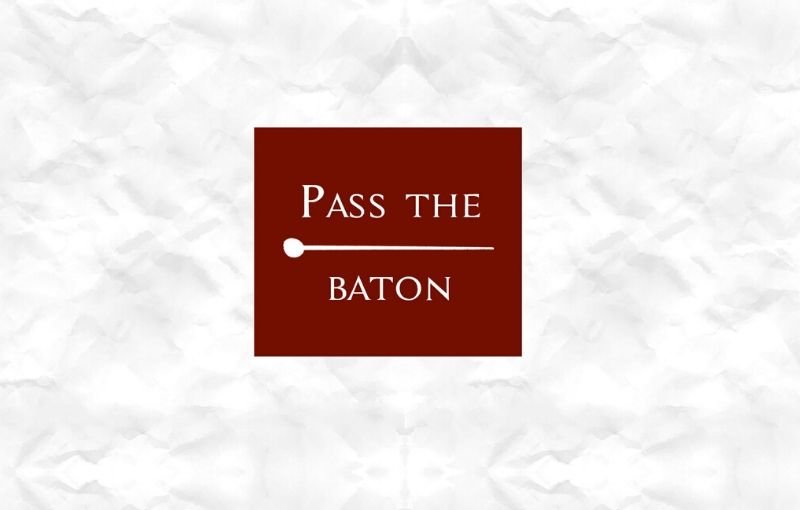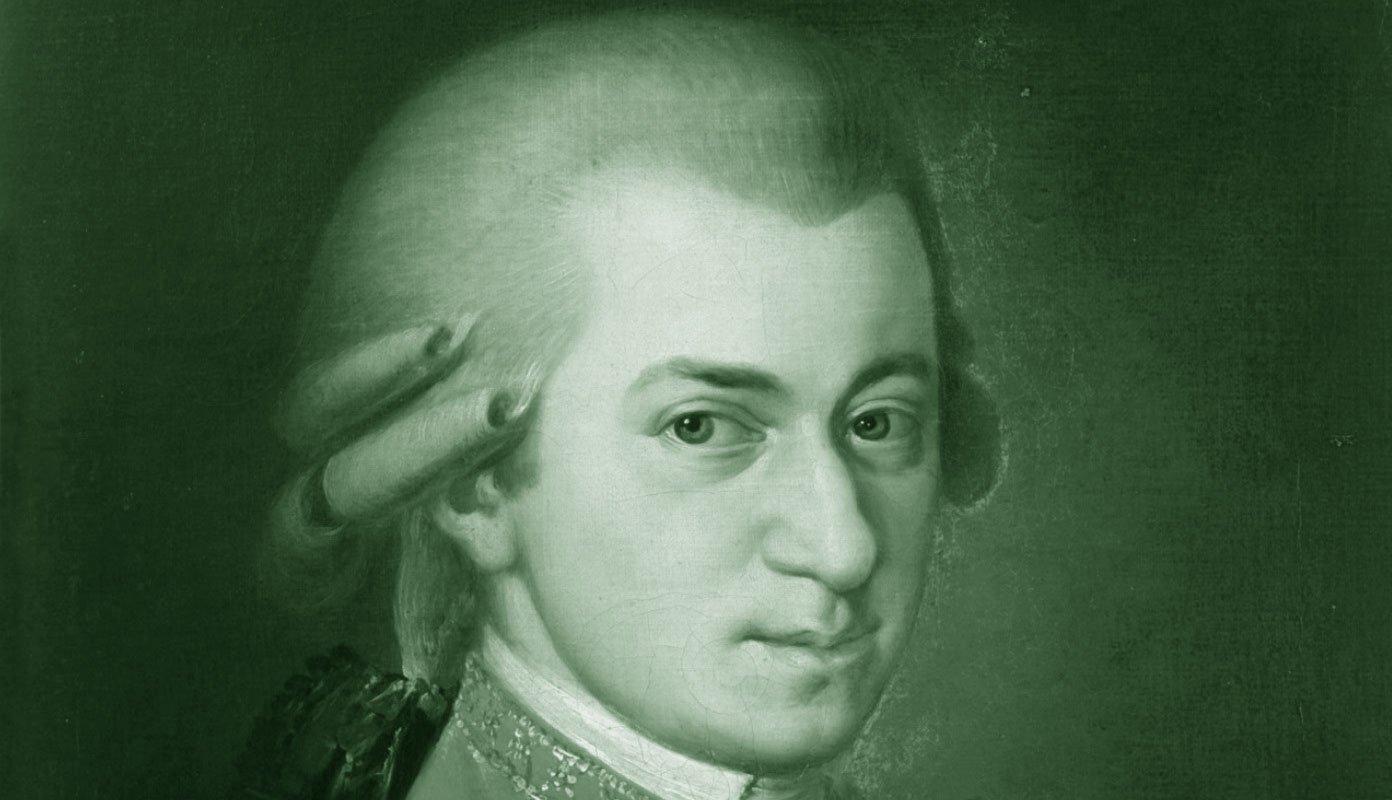El paño moruno (The Moorish Cloth)
This song originates from the Murcia, one of the 17 independent Autonomous Communities of Spain. The story is fairly trivial: a shop reduced the price of a cloth because it had a stain on it. The structure is very
So, what makes this piece interesting?
The accompaniment: with a series of rhythmic variations, the tone of the song changes, the underlying material that is usually “just” an accompaniment gains more importance than it would normally have.
The “trick” used by De Falla is at the same time simple and brilliant. Folksongs are usually accompanied by the guitar: so why not translate the typical guitar figures on the piano? Granted, it’s hell to play – and not just technically – but it certainly gives the audience an immediate feeling of the provenience of the material, remaining true to its roots while elevating it to classical standards: the technique, used especially in the left hand, reminds of the
This material is base for the introduction as well as the small interlude that leads to the end of the song. Genuinely, the singer’s last line is a typical lament on the word “ay”, with crescendo and diminuendo indicating the suffering for the diminished value of the cloth. It’s not a tragedy, after all, and De Falla places a B major chord five bars to the end, leaving the last three bars in open fifths.
Listen to this fabulous interpretation by Conchita Supervia from 1930: it keeps all the flair of the folk tradition.
A version with a guitar accompaniment can be found here, sung by Teresa
Arrangements
Thanks to its popularity, this piece has been arranged in a variety of ways. I made one myself, for string orchestra, that can be performed with or without the voice.
Lyrics
Al paño fino, en la tienda,
una mancha le cayó;
Por menos precio se vende,
Porque perdió su valor.
¡Ay!
got stained;
It will be sold at a cheaper price
Because it has lost its value.
Ah!
Here you can find all the articles related to the Siete













Griglio – as a guitarist, I still prefer transcriptions of the piece to “my” instrument; &, yes, your analysis definitely helps one’s understanding of Falla’s approach; & appreciation of it, in this one of a group of his songs w/ piano accompaniment. Muy español, even soleares feeling. Thank you for the careful explication.
Thank you Michael, I’m glad you liked it.
I knew Berganza but Supervia never heard of. I now like her better than Berganza in this. Thank you for the analysis, very very helpful!
Pleasure!